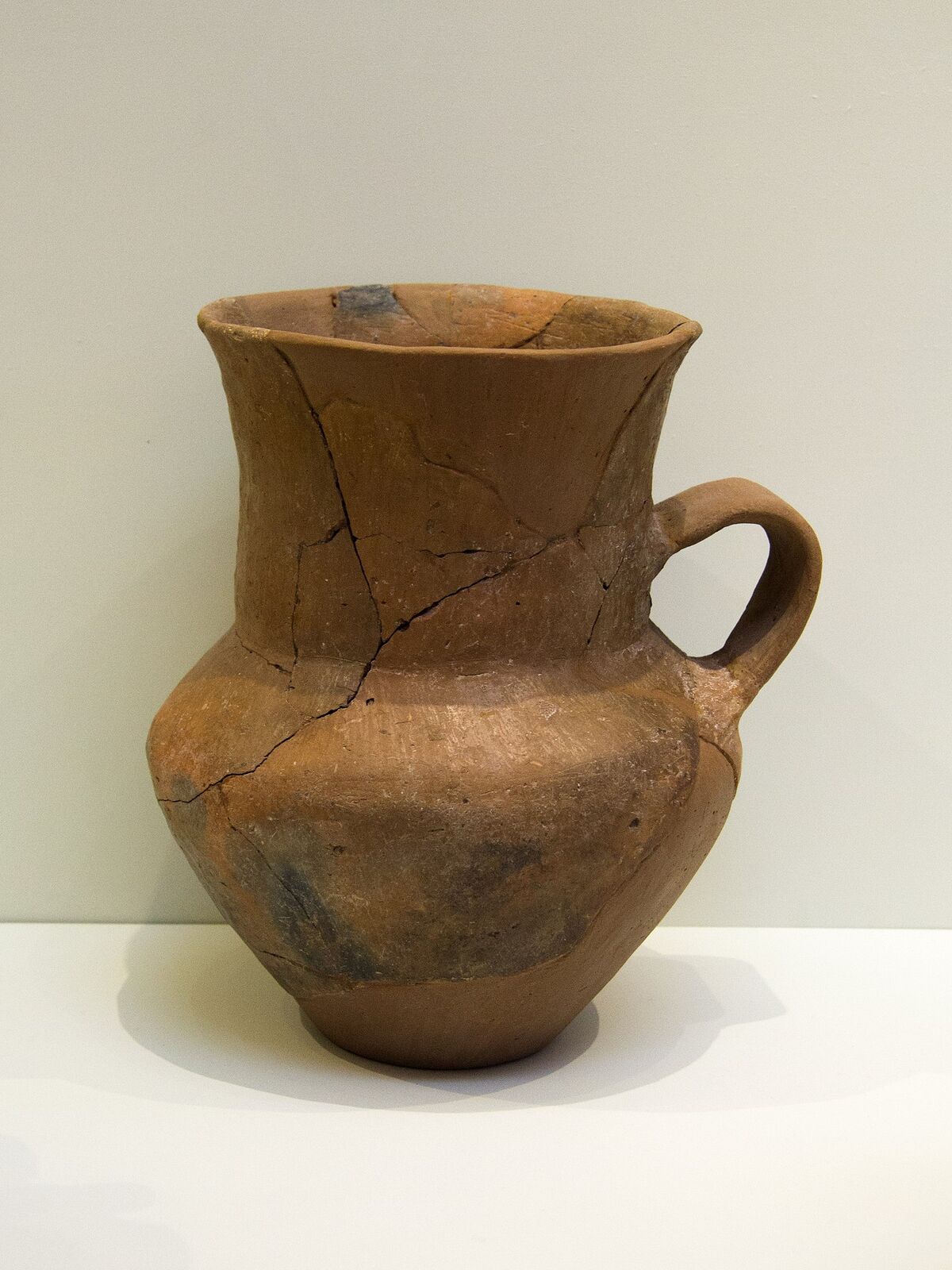Subjects
Grades
A cause is a fact that explains an event. It allows us to understand why an event occurred. In history, as in other areas of study, an event always has one or more causes.

A cause can be:
a reason
a motive
a motivation
an objective
From a chronological standpoint, a cause always comes before the event because the cause leads to the event in question.
One way to see if an element is a cause is to use the question Why? linked to the relation marker because. In the example below, why do the street lights come on? This is because the sun has set. So sunset is the cause of the street lights turning on.

A consequence is the result of an event. Every event has one or more consequences.
A consequence can be positive or negative.

A consequence can be:
an impact
an effect
a result
a continuation
a repercussion
A consequence is what happens after the event.
What would be a consequence of cooking dinner? A consequence of preparing food is getting a meal for supper. This is a positive consequence.
The tasks of the intellectual operation ‘determine causes and consequences’ take different forms. You may be asked to:
identify the cause or consequence of an event
determine which of two documents presents the cause and which presents the consequence of an event
identify the documents that present the causes or consequences of an event
To do this intellectual operation, identifying the causes and consequences (either by the document number or in a short sentence) is enough: there is no need to explain further. Just identify them.
In this type of task, you have a document to help you identify the cause or consequence of the event named in the statement. Analyzing this document gives you clues to identify the correct answer.
Statement: Using document 1, identify a consequence of winter weather in Canada.
For each document, you must determine whether it represents a cause or a consequence of the event.
If you have a problem with one document, focus on the other one. This way, if you determine that one is the cause, the other document must be the consequence, and vice versa.
Using documents 1 and 2, identify the cause and consequence of a carrot growing in a garden.
Statement: Among the following documents, identify the one that shows the cause of a flat tire.
It is highly recommended that you read the concept sheet on intellectual operations to fully understand how to complete the tasks for the different intellectual operations.
The two examples below are similar to what you might see on an exam. Try to complete the task before looking at the detailed solution. This will help you to see how well you can do the intellectual operations.
The two examples below are related to concepts that you might not have seen before. If so, don’t worry, you’ll learn them when they are introduced in class.
The example for the first cycle relates to the unit Sedentarization.
The example for the second cycle relates to the unit on the Indigenous Peoples and the Settlement Project.
Statement: Two of the four documents below present the consequences of the sedentarization of populations. Identify which two.
Document 1

Statement: Among the following documents, identify which one presents a cause and which one presents a consequence of Jacques Cartier’s explorations in Canada.
| Document 1 |
|---|
|
“In 1534, the king entrusted Jacques Cartier with the mission of finding ressources and a new route to Asia.” Source: Campeau, F. et al. (2018). Reflection.qc.ca - Origins to 1840. Chenelière Éducation. |
| Document 2 |
|
“The king appointed Jean-François de la Rocque, Sieur de Roberval, to be responsible for the future of the colony.l” Source: Campeau, F. et al. (2018). Reflection.qc.ca - Origins to 1840. Chenelière Éducation. |
| Document 3 |
|
“In the Vallée Saint-Laurent, Cartier erected two forts at the mouth of the Rivière du Cap Rouge. He called them Charlebourg-Royal.” Source: Campeau, F. et al. (2018). Reflection.qc.ca - Origins to 1840. Chenelière Éducation. |
Answer
| Cause | Consequence |
|---|---|